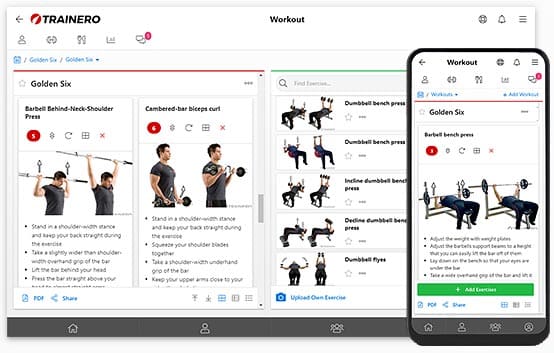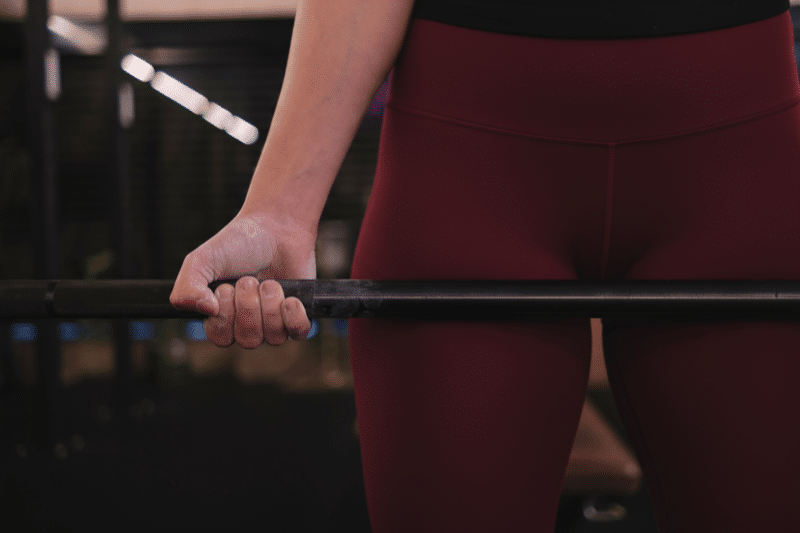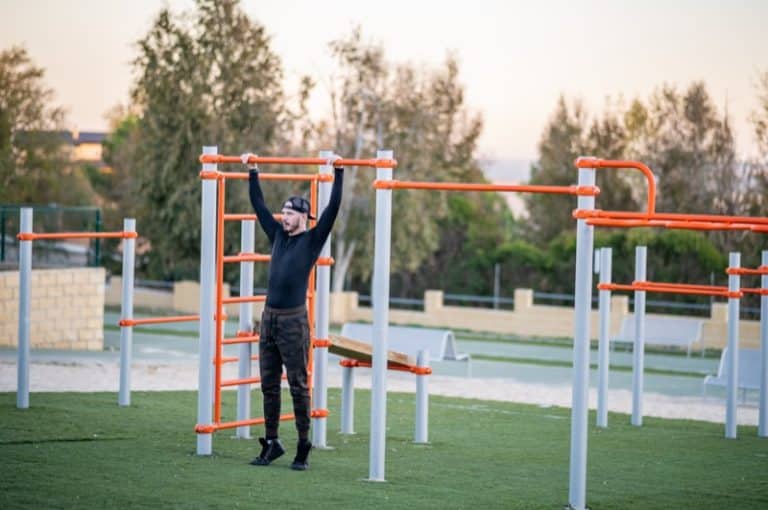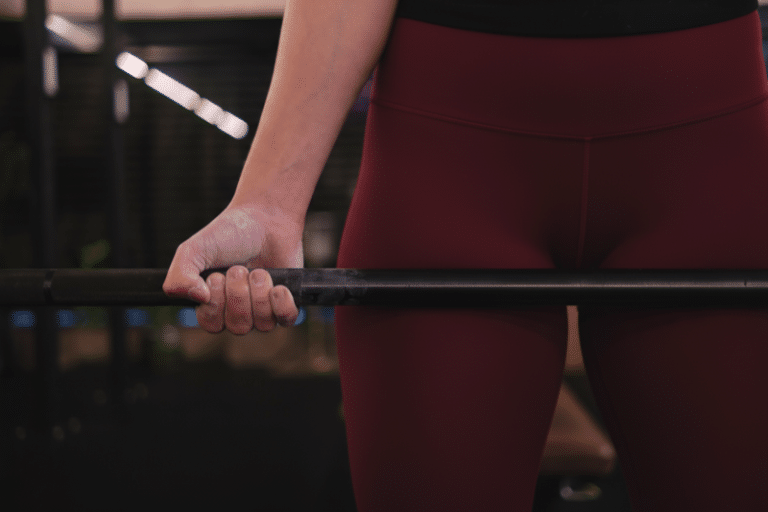Pronated vs Supinated Grip: Different Grip Types and When to Use Them
The importance of grip in exercises cannot be overstated, as it plays a crucial role in determining the effectiveness and safety of your workout. Understanding the various grip types, including pronated and supinated grips, will help you optimize your training regimen and achieve better results.
Understanding Grip Types
Definition of Grip Types
Grip types refer to the different ways in which one can hold an object, particularly in the context of gym exercises like pull-ups, deadlifts, and bench presses. The most common grip types include pronated grip, where the palms face down or away from the body, and supinated grip, where the palms face up or towards the body. Each grip type has its own unique benefits and applications, depending on the exercise and muscle groups you aim to target.
Importance of Grip in Exercises
Grip strength is essential in exercises as it directly impacts the load you can handle and your ability to perform movements correctly. A strong grip enhances muscle activation and helps in engaging specific muscle groups more effectively, whether you are performing a bicep curl, row, or lift. Using the right grip type can prevent injuries and improve performance, making it an integral part of any training program.
Overview of Different Grip Variations
There are several different grip variations to consider, including overhand, underhand, mixed grip, and neutral grip. Each variation influences the activation of muscles differently. By experimenting with grip width and grip position, you can adjust the intensity and focus of your workouts to better suit your fitness goals.
Pronated Grip
What is a Pronated Grip?
A pronated grip, often referred to as an overhand grip, is when the palms face down or away from the body during an exercise. This grip type is commonly used in movements where stability and control are crucial, such as rows and deadlifts. It allows for a firm hold on the barbell or dumbbell, which is essential for maintaining proper form and maximizing muscle engagement.
Benefits of Using a Pronated Grip
Using a pronated grip offers numerous benefits, including enhanced wrist stability and improved engagement of the forearms and back muscles. This grip type is particularly advantageous in exercises that require significant grip strength, as it can handle more load compared to other grips. Additionally, a pronated grip helps in developing a balanced upper body by ensuring that the lat muscles are effectively targeted during workouts.
Exercises Utilizing Pronated Grip
Exercises that commonly utilize a pronated grip include pull-ups, barbell rows, and deadlifts. These movements benefit from the stability and control provided by a pronated grip, allowing for efficient muscle activation and growth. Incorporating a pronated grip in your routine can help in building strength and endurance across various muscle groups, making it a versatile option in your fitness arsenal.

Unlock your fitness potential with Trainero! Get a 14-day free trial and access personalized workout plans, expert coaching, and progress tracking—all in one app. No commitments, just results. Start your free trial today and take your fitness journey to the next level!

Supinated Grip
What is a Supinated Grip?
A supinated grip, also known as an underhand grip, is a type of grip where the palms face up or towards the body while holding an object. This grip type is frequently utilized in exercises that emphasize the biceps and forearms, such as bicep curls and chin-ups. The supinated grip allows for a more concentrated muscle activation in these areas, making it a preferred choice in workouts aimed at building arm strength.
Benefits of Using a Supinated Grip
One of the primary benefits of using a supinated grip is its ability to target the biceps more effectively. This grip type enhances muscle activation in the arm muscles, leading to improved muscle growth and strength. Additionally, a supinated grip can also aid in better wrist positioning, reducing the risk of strain and facilitating a more natural movement pattern during exercises like rows and deadlifts.
Exercises Utilizing Supinated Grip
Exercises that commonly incorporate a supinated grip include bicep curls, chin-ups, and underhand barbell rows. These movements benefit from the focused engagement of the biceps and forearms, allowing for optimal muscle growth and strength development. Including supinated grip exercises in your routine can enhance your overall arm conditioning and contribute to a well-rounded fitness program.
Mixed Grip
What is a Mixed Grip?
A mixed grip combines both the pronated and supinated grips, where one hand uses an overhand grip while the other employs an underhand grip. This grip type is often used in heavy lifting exercises like deadlifts, where additional grip strength and stability are required. The mixed grip allows for a secure hold on the barbell, minimizing the risk of the bar slipping during lifts.
Situations to Use a Mixed Grip
Using a mixed grip is particularly advantageous in situations where grip strength limits your ability to lift heavier weights. It is commonly adopted during deadlifts to counteract grip fatigue, allowing you to handle more load safely. When performing exercises that demand maximum grip endurance and strength, the mixed grip can be an essential tool in your lifting arsenal.
Advantages and Disadvantages of Mixed Grip
The mixed grip offers several advantages, such as enhanced grip stability and the ability to lift heavier weights. However, it also comes with potential disadvantages, including the risk of developing muscle imbalances and increased stress on the bicep of the underhanded arm. It’s important to use the mixed grip judiciously and consider alternating hand positions to mitigate these risks and maintain muscle symmetry.
Neutral Grip
Understanding Neutral Grip
A neutral grip is a type of grip where the palms face each other, creating a position that is often more comfortable and natural for the wrists and elbows. This grip type is commonly used in exercises like hammer curls and neutral grip pull-ups, providing a distinct advantage in terms of comfort and reducing strain on the joints. It’s an excellent option for those looking to minimize stress on the elbows and wrists while still effectively targeting muscle groups.
Benefits of a Neutral Grip
One of the primary benefits of using a neutral grip is the reduced risk of injury, particularly in the wrists and elbows. This grip type promotes a more natural alignment of the forearm, allowing for better muscle activation in exercises like rows and presses. Additionally, a neutral grip can enhance grip strength by engaging the muscles of the forearm more effectively, making it a versatile choice in both pulling and pushing movements.
Exercises That Use a Neutral Grip
Exercises that commonly utilize a neutral grip include neutral grip pull-ups, hammer curls, and certain rows. These movements benefit from the grip’s ability to prevent excessive strain on the joints, allowing for sustained muscle engagement over time. Incorporating exercises with a neutral grip into your workout routine can contribute to balanced muscle development and improved overall performance.
Choosing the Right Grip Type
Factors Influencing Grip Selection
Choosing the right grip type depends on various factors, including the specific exercise being performed, individual comfort, and the muscle groups targeted. The grip you use can significantly influence the effectiveness and safety of your workout, making it essential to select a grip that aligns with your fitness goals and physical capabilities. Consideration of grip strength, joint health, and exercise objectives plays a crucial role in this selection process.
Grip Width Considerations
Grip width is another critical aspect to consider when selecting a grip type. A wider grip can engage a broader range of muscles and provide increased stability in exercises like bench presses and pull-ups. Conversely, a narrow grip may focus more on specific muscle groups, such as the biceps in close grip bench presses. Understanding the impact of grip width allows for more tailored and effective workouts, enhancing both strength and muscle growth.
Personalizing Your Grip for Different Exercises
Personalizing your grip for different exercises involves experimenting with various grip types and widths to find what works best for your body and fitness goals. Different exercises may require adjustments in grip position to optimize muscle activation and minimize the risk of injury. By paying attention to how different grip variations affect your performance, you can develop a more customized and effective training regimen that supports long-term health and fitness.

Unlock your fitness potential with Trainero! Get a 14-day free trial and access personalized workout plans, expert coaching, and progress tracking—all in one app. No commitments, just results. Start your free trial today and take your fitness journey to the next level!











